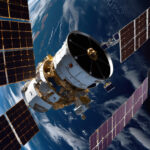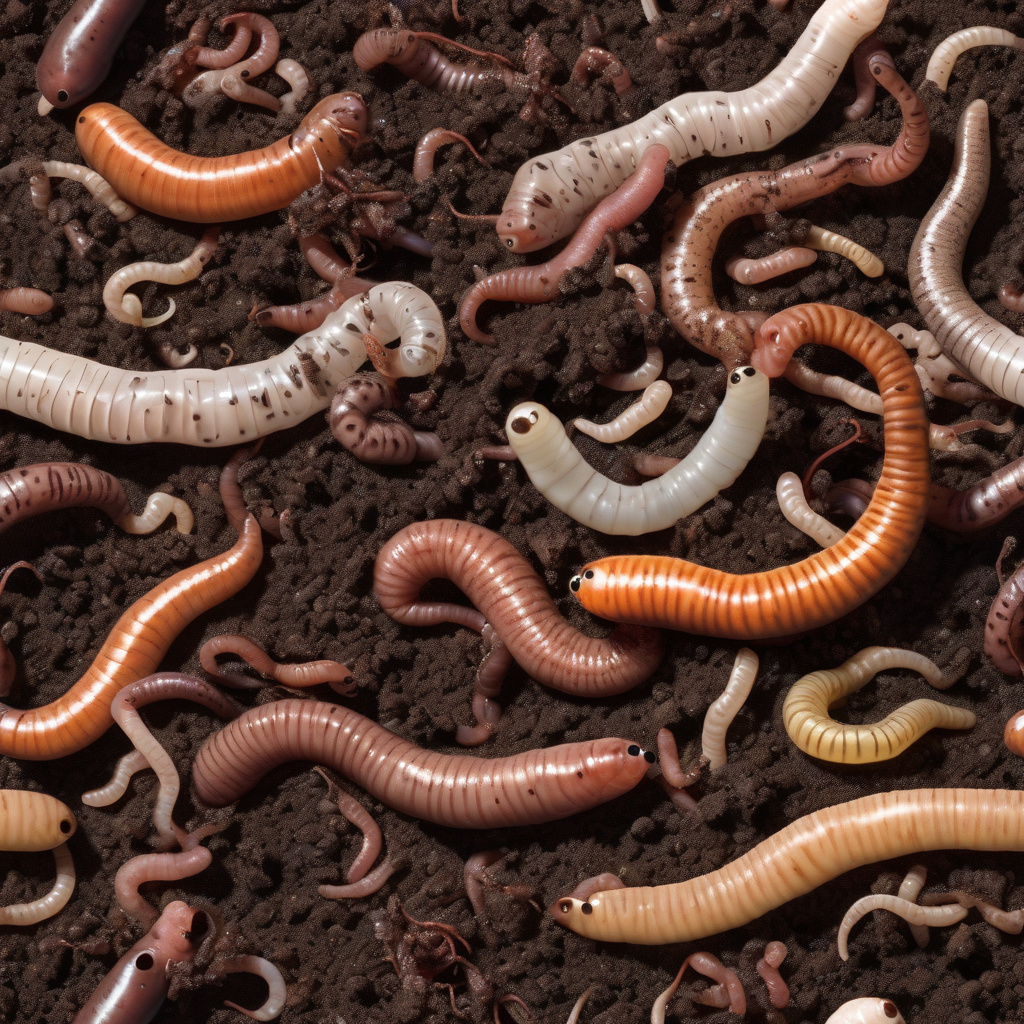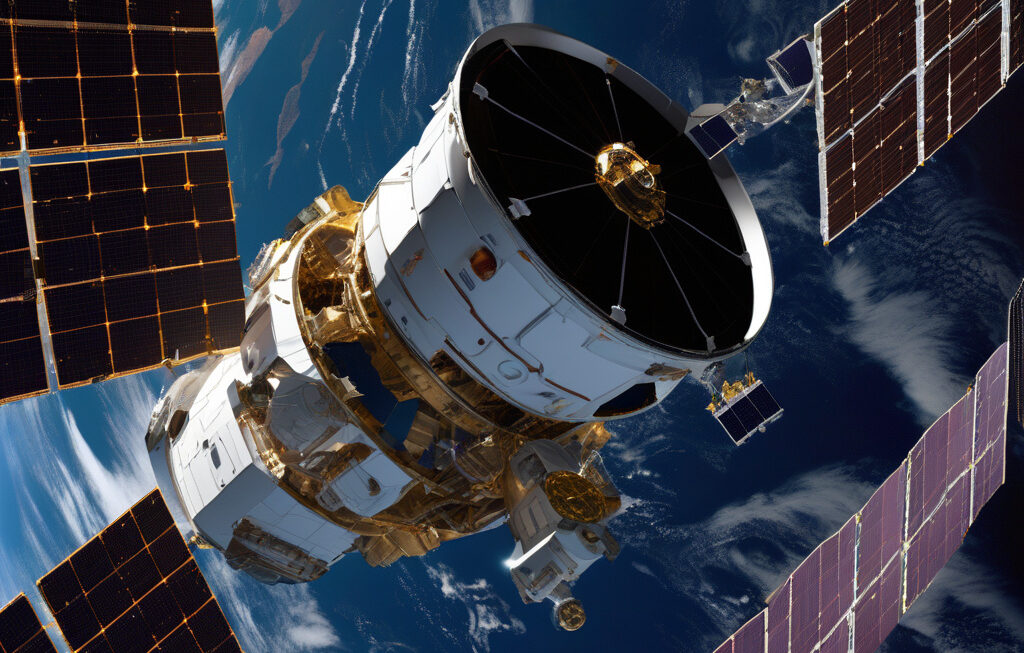Microplastic Invades Soil Ecosystem with Earthworms Worst Hit at 30% Rate
It’s official! The entire food chain now comes wrapped in plastic. For the first time, researchers have discovered a significant invasion of microplastics in the soil ecosystem, with earthworms being the worst hit at a staggering rate of 30%. This alarming revelation sheds light on the pervasive nature of plastic pollution and its detrimental impact on terrestrial life forms.
Microplastics, tiny plastic particles less than 5mm in size, have been widely recognized as a major environmental concern in marine ecosystems. However, their presence and effects in soil ecosystems have been less understood until now. A recent study published in the journal Environmental Science & Technology has unveiled the extent of microplastic contamination in soil and its consequences for soil-dwelling organisms, particularly earthworms.
Earthworms play a crucial role in maintaining soil health and ecosystem functioning. They aerate the soil, improve its structure, and enhance nutrient cycling. However, when exposed to microplastics, these beneficial organisms suffer greatly. The study found that earthworms exposed to microplastics experienced a mortality rate of 30%, significantly higher than previously thought.
The implications of this discovery are profound. As earthworms are key players in soil ecosystems, their decline can have cascading effects on plant growth, nutrient cycling, and overall soil health. Furthermore, the presence of microplastics in earthworms raises concerns about the potential transfer of these harmful particles up the food chain, ultimately posing risks to other organisms, including humans.
But how do microplastics end up in the soil in the first place? The sources of soil contamination vary, ranging from the breakdown of larger plastic debris to the application of sewage sludge and plastic mulches in agriculture. Additionally, atmospheric deposition and runoff from urban areas contribute to the accumulation of microplastics in soil. Once in the soil, these particles can persist for hundreds to thousands of years, continuously posing a threat to soil biodiversity and ecosystem resilience.
Efforts to mitigate the impact of microplastics on soil ecosystems are urgently needed. This includes implementing measures to reduce the production and consumption of single-use plastics, promoting sustainable waste management practices, and developing innovative technologies to remove microplastics from the environment. Furthermore, more research is needed to better understand the fate and transport of microplastics in soil and their long-term effects on terrestrial ecosystems.
In conclusion, the infiltration of microplastics into soil ecosystems, with earthworms being disproportionately affected, highlights the far-reaching consequences of plastic pollution. To protect and preserve soil health and biodiversity, collective action at the individual, community, and global levels is essential. By raising awareness, advocating for policy changes, and embracing sustainable practices, we can stem the tide of microplastic contamination and create a healthier environment for all living organisms to thrive.
#MicroplasticPollution, #SoilEcosystems, #Earthworms, #PlasticContamination, #EnvironmentalHealth











